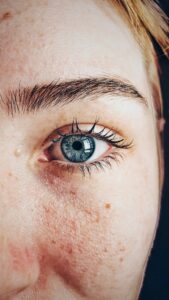The siesta: beneficial habit or harmful practice?

Spain is known worldwide as the land of the siesta. But this relatively widespread practice is not exempt from controversy. The siesta has many backers who swear to numerous health benefits, yet others see nothing more than mere laziness. What do we know to be true?
Benefits of taking a nap
It is no coincidence that naps are typically taken after meals. This is because while we eat, the body’s circulation shifts and sends more blood flow to the digestive system. Because less blood goes to other parts of the body, including the brain, we start to feel tired. There is plenty of scientific evidence in support of napping, and the benefits include:
- Relaxation. Sleeping is itself a relaxing activity. A nap will help relax the nerves and release tension.
- Reduced fatigue and increased alertness. The body typically wakes up from a nap feeling more rested and energised.
- Improved mood. Napping helps reduce anxiety, calm nerves, and improve sensory abilities. It is a kind of a brain ‘reset’ that helps to improve one’s mood.
- Improved performance. This includes better thinking, better memory, and quicker reaction times.
- Other potential health benefits. Sleep slows our heart rate and reduces blood pressure. Some studies show that napping reduces the risk of suffering from heart disease by 30%.
Drawbacks
Taking a siesta isn’t for everyone. Some people simply have trouble sleeping during the day. Drawbacks include:
- Sleep inertia. Many people feel groggy and disoriented after waking up from a nap, and need some time to readjust and become fully alert.
- Night-time sleep problems. In the minority of cases where people experience insomnia or poor sleep quality at night, napping might make these problems worse.
How to optimise your nap
To get the most out of a nap, follow these tips:
- Keep naps short. Most people will benefit from napping between 10 and 20 minutes. The longer you nap, the more likely you are to feel groggy afterward.
- Take naps in the early afternoon. The later the nap the more likely it will interfere with night-time sleep. Individual factors, such as sleep schedule, age or medication use, will also play a role in determining the best time to nap.
- A restful environment. It is easiest to nap in a quiet, dark place with a comfortable room temperature and few distractions.
- After napping. Give yourself time to readjust and become fully alert after napping. This is especially the case before resuming activities that require a quick response, such as driving.




